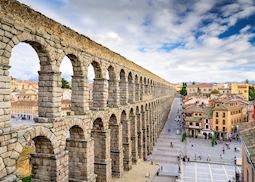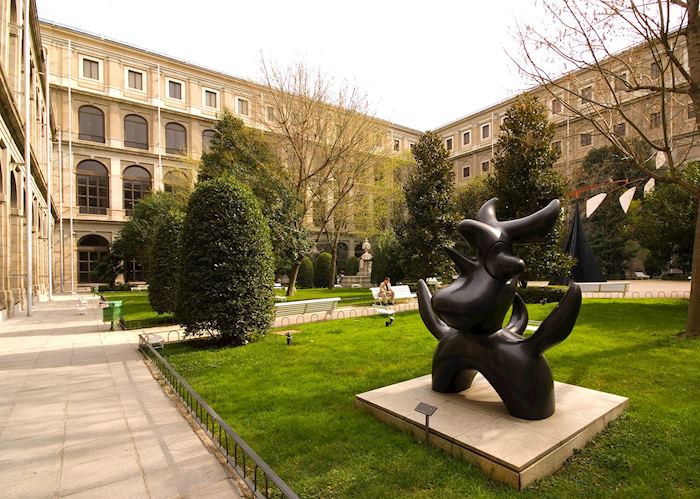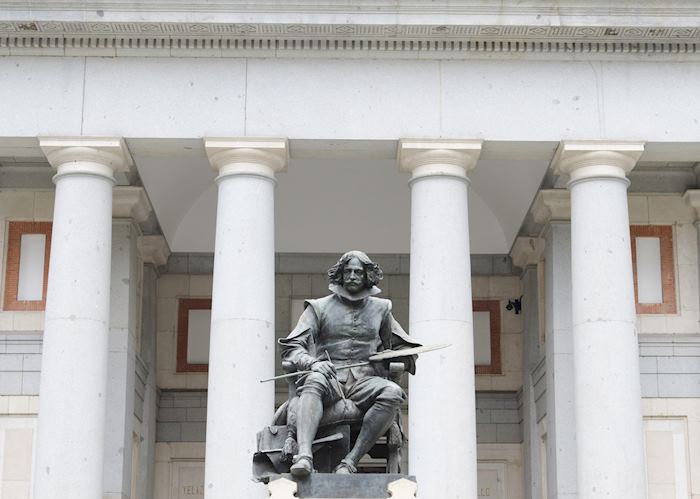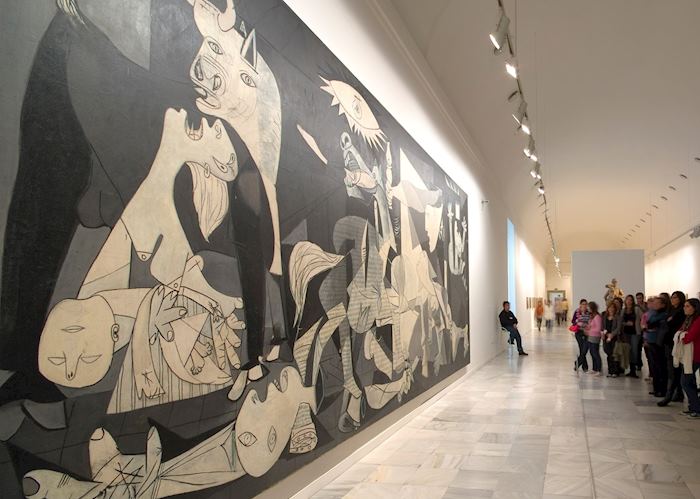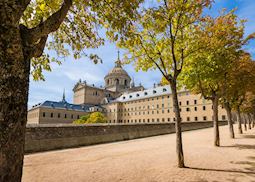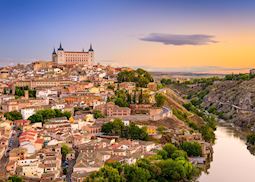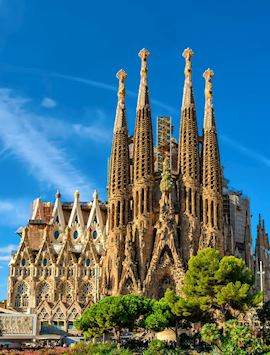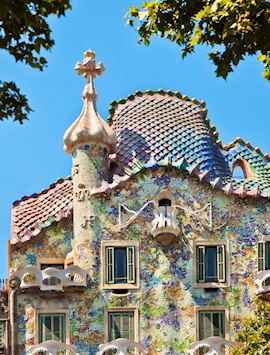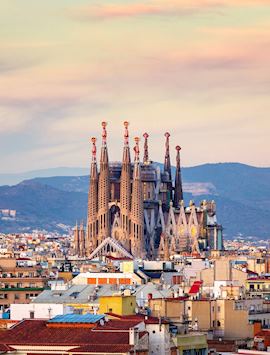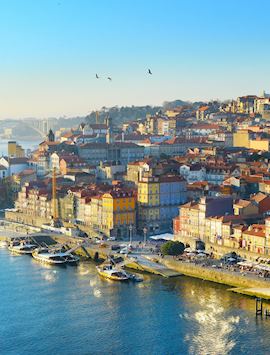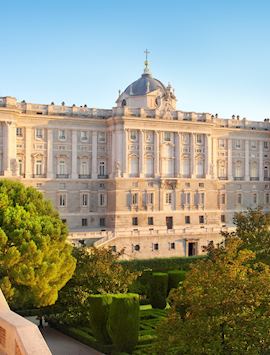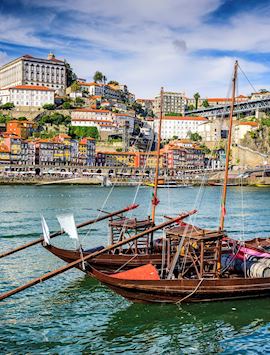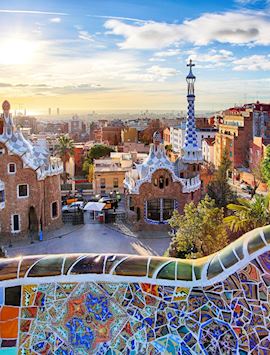Visiting two of Madrid’s best museums, the Museo del Prado and the Museo Nacional Centro de Arte Reina Sofía, in the company of an expert private guide, this half-day tour takes in the highlights of both collections. Your guide will plan the tour around the most famous works in these two impressive museums, such as Picasso’s Guernica, as well as the work of artists most of interest to you. The guide’s in-depth knowledge of the artworks, as well as their familiarity with the museums’ layout, will ensure you make the most of your time.
Your guide will meet you at your hotel and take you first to the Prado, Spain’s leading art museum. Opened to the public in 1819 to showcase work collected by the Spanish monarchy, the Prado’s collection reflects Spain’s history from 16th-century Flemish influences to the arrival of the Bourbons at the start of the 1700s.
Predominately a collection of paintings and sculptures, this isn’t a comprehensive assembly of Spanish art. Instead, it shows the whims of Spanish monarchs who focused on collecting as many paintings as they could of their preferred artists. This has resulted in the largest collections of El Greco, Goya and Rubens paintings in the world. You can see their flair for using a rich palette in later artists’ works, as the royal esthetic preferences began to influence the development of Spanish painting.
The collection here is vast and can be a little overwhelming. Exploring with a guide means you can go directly to the areas of most interest to you and get a deeper insight into the museum’s history as well as its remarkable collection.
In contrast to the Prado, the nearby Reina Sofía’s collection comprises more than 21,000 works of modern and contemporary art, from the first Modernists of the 19th century to legendary, as well as lesser-known, 20th-century Spanish artists.
When the museum opened by royal decree in 1990, its mission was to become Spain’s national museum of contemporary art. With a continuously growing collection, only about 5% of the artworks are now on display at any one time.
Spanish artists such as Miró, Dalí and Picasso top the bill, alongside their global contemporaries such as Magritte and Klein. The museum’s most notable piece, however, is Picasso’s Guernica, a large-scale monochrome oil protesting against the Nazi bombing of the Spanish village from where the painting took its name.
The museum’s layout can be confusing, with work by one artist spread across several floors. Tell your guide if you have a particular interest, and they’ll plan your route through the collection accordingly.
Once you’ve had some time to explore, your guide will take you either back to your hotel or leave you to continue exploring, as you prefer.
